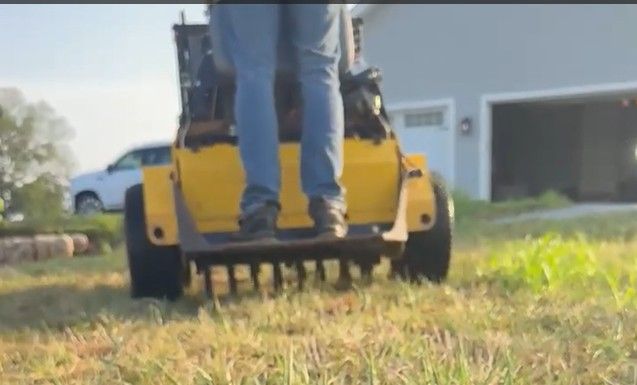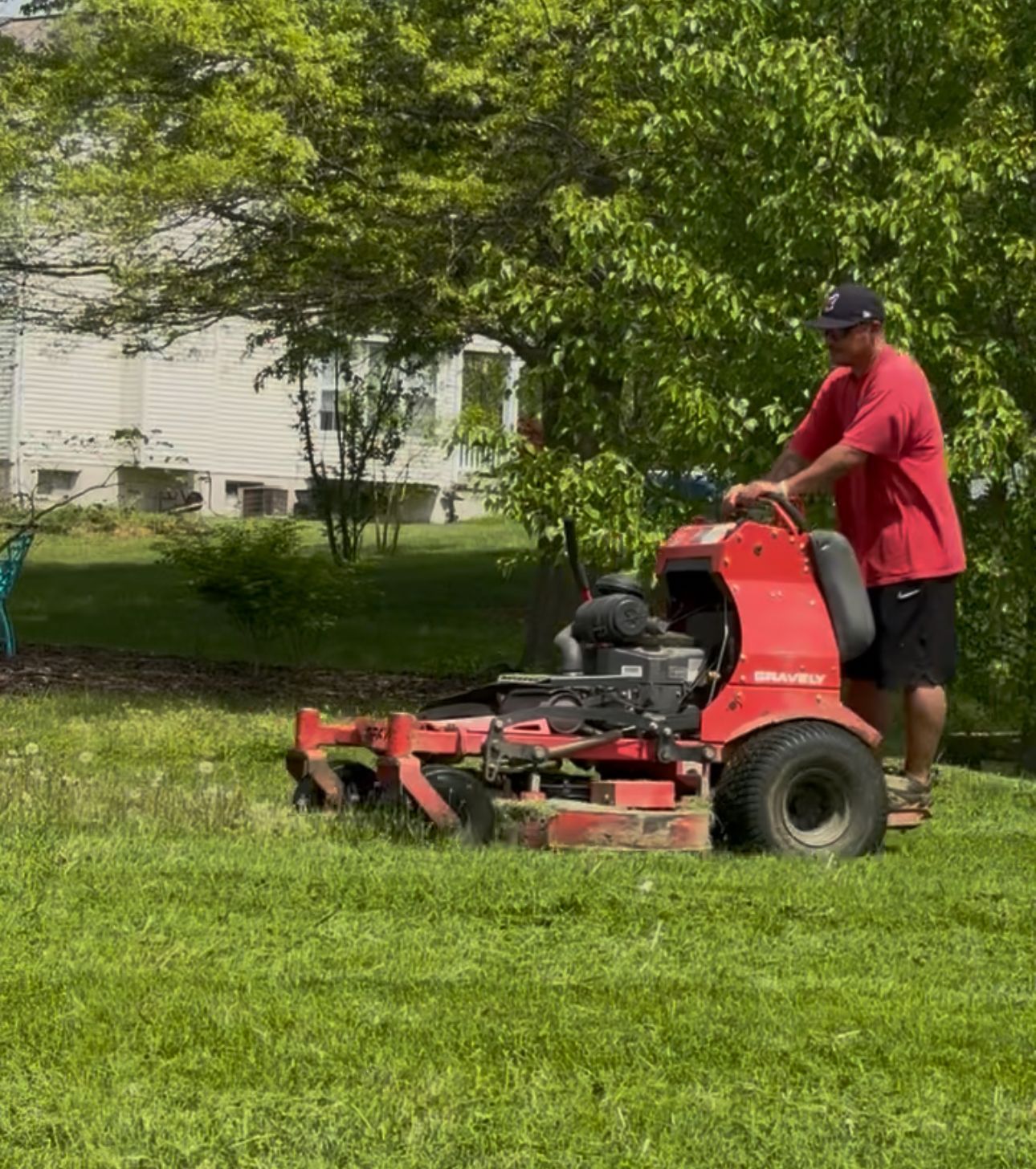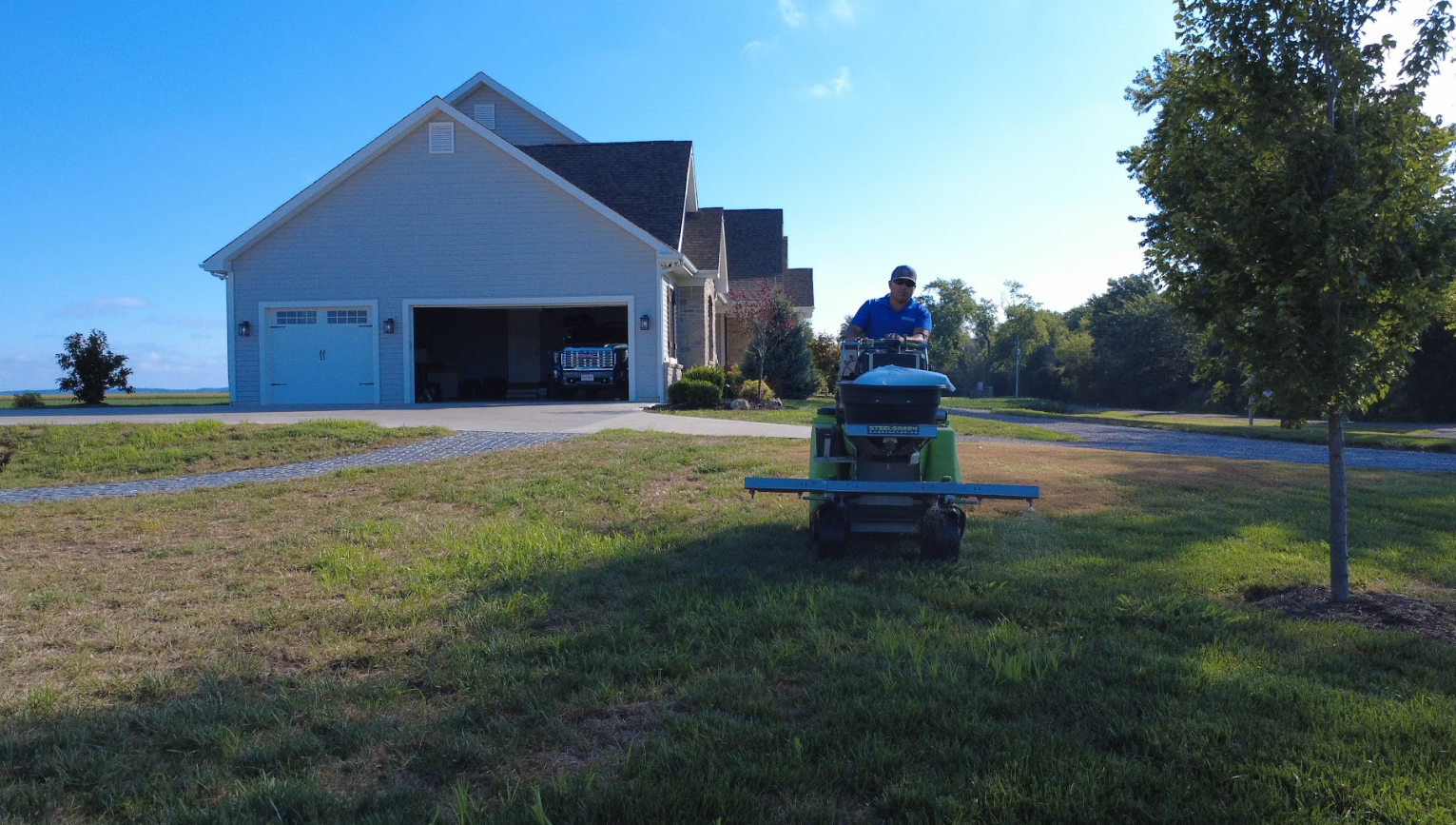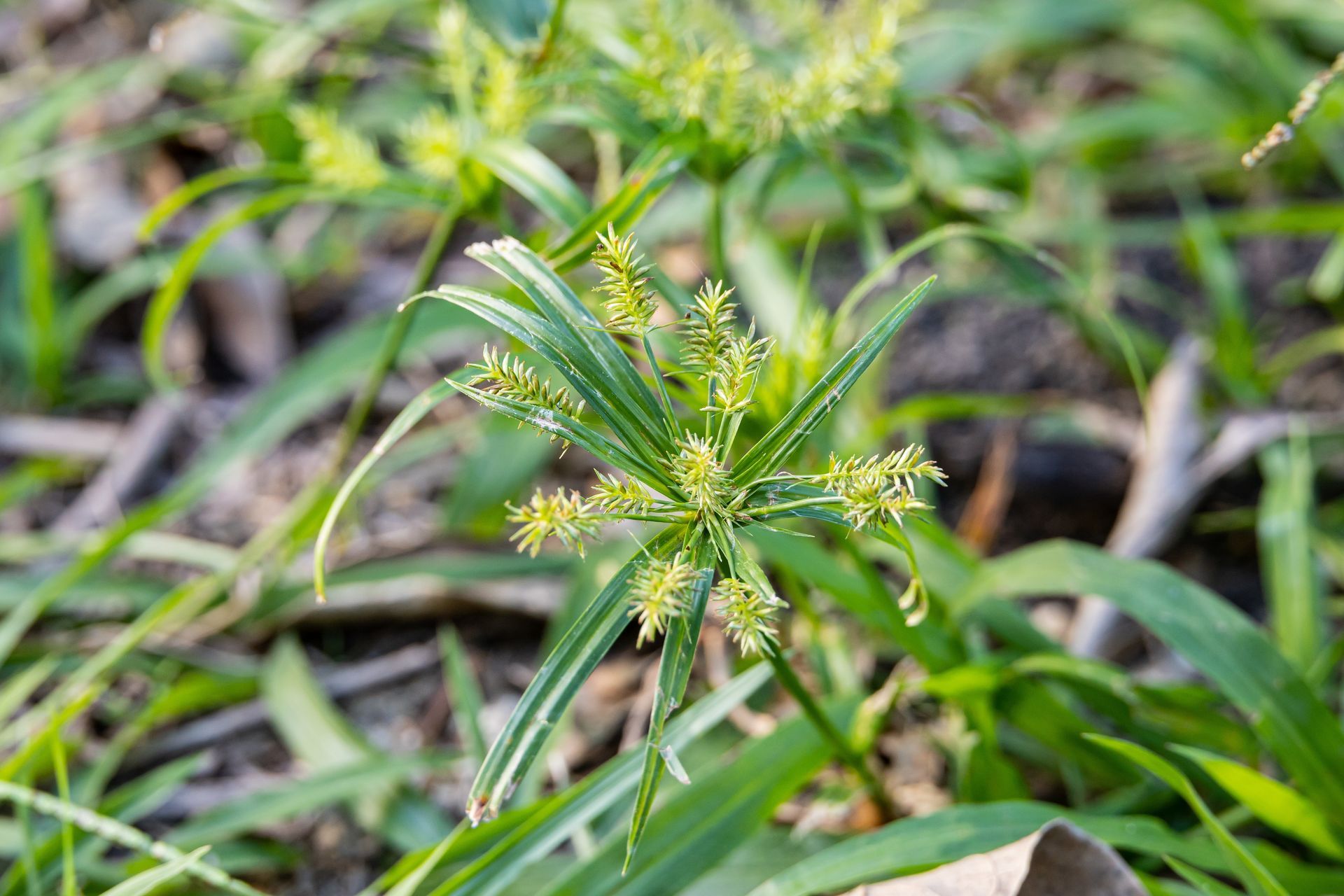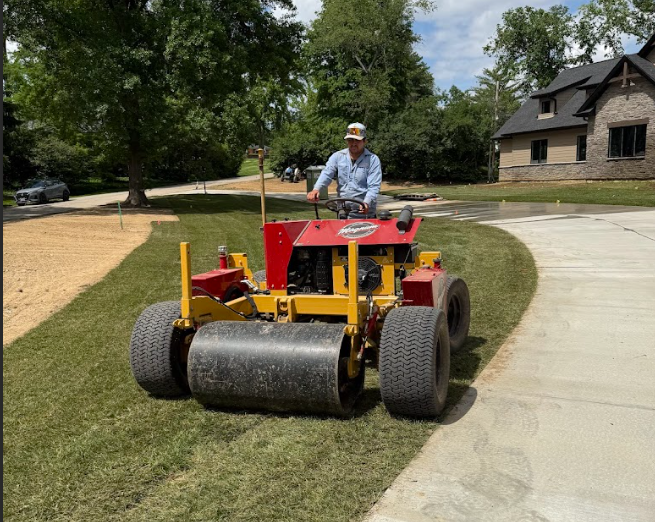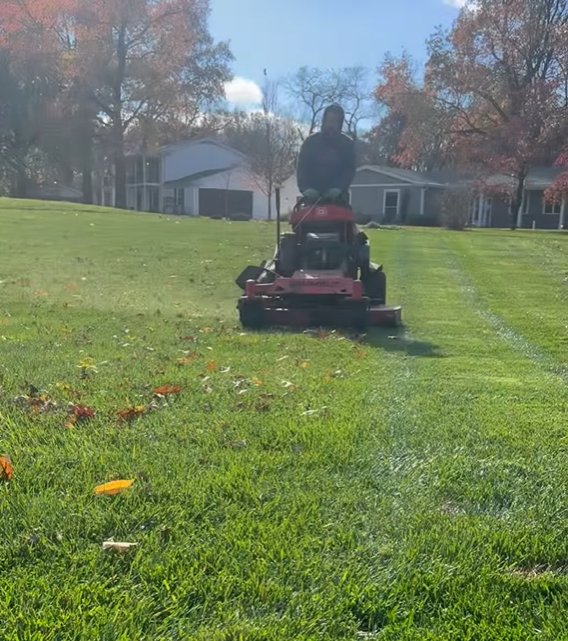We provide top quality landscaping and lawn care solutions of all sorts, and do it the Hackmann Way.
Landscaping Installation & Services
Landscaping & Patio Design Services
Lawn Mowing Services & General Maintenance
Hardscapes & Outdoor Kitchens
Seasonal Lawn & Landscape Services
Outdoor Firepits & Lighting Services
Enhance Curb Appeal With Custom Landscape & Patio Designs
Contact info
(636) 688-6647
info@hackmannlawn.com
5667 Black Walnut Rd
St. Charles, MO 63301
Serving all cities in St. Charles &
St. Louis Counties in Missouri.


